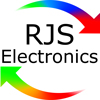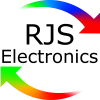Let’s start by selecting the function of the switch.
Momentary and Latching function applies to metal and plastic Push Button Switches.
Our other electromechanical components can support functions such as rotating and push button.
Momentary Switches
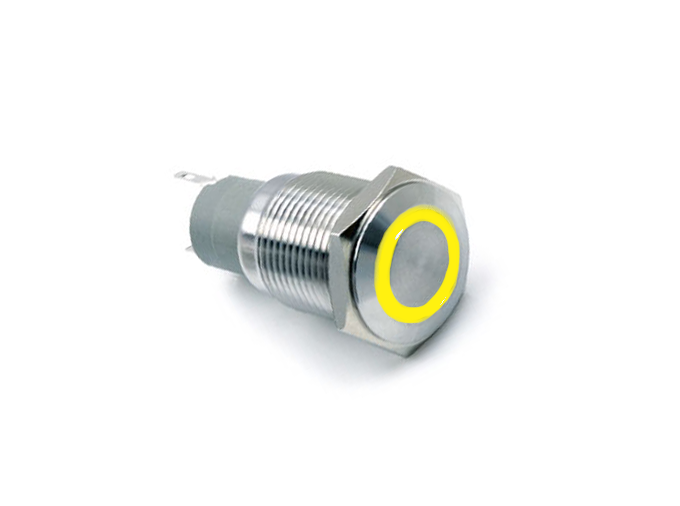
A Momentary push button function means that when pressed down, it immediately returns to its natural state. For it to either change the function, it’s required to be touched or pressed.
Latching Switches
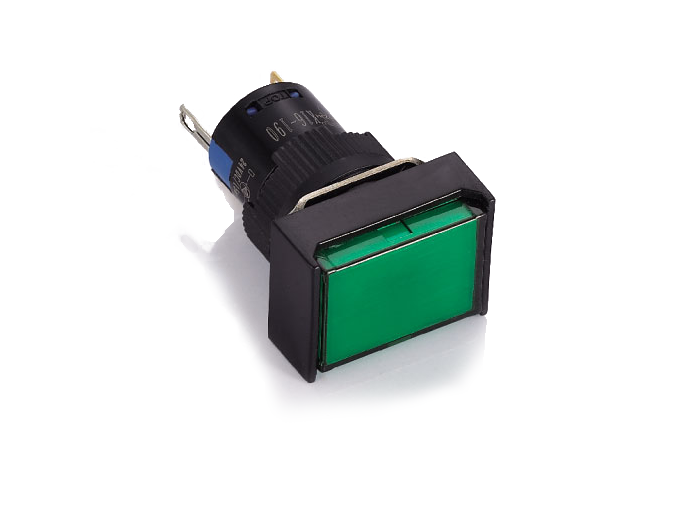
A latching push button function also referred to as maintained, means that it remains in a position until pressed again. It required to be pressed down or touched multiple times to either turn on or off the device or function. It aims to push to make and push to break a cycle and can also be referred to as normally closed push switches.

RJS Electronics Ltd distributes a range of plastic and metal Push Button switches that are available with or without LED Illumination and can support ‘momentary’ and ‘latching’ functions. These are key functions of a PCB and Panel Mount push-button switches when pushed. Many of our Push Button switches are listed as momentary and latching, giving our customers a choice out of the two.
See the full product range of our PCB and Panel Mount switches which support Momentary or Latching function.
Here are some other key factors to consider when placing an order:
Mounting style: Any switch is designed to be compatible with a variety of circuit setups. Our PCB switches are available as SMD (surface mount meaning they sit directly on top) or THT (through-hole meaning they are threaded through) style. Alternatively, Our Panel Mount switches are designed to be placed directly within the circuit.
Configurations
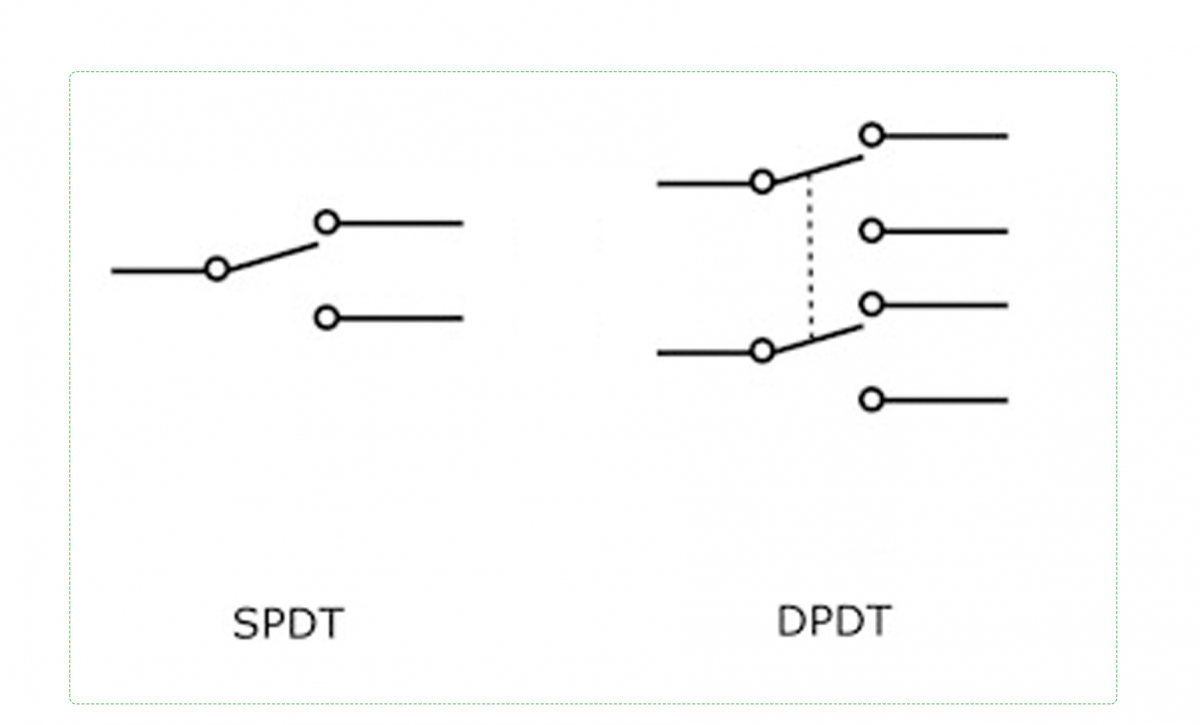
By configuration, we are referring to ‘Poles and Throws’. A switch will have two terminals for the current to flow through, to come in and come out. The Poles and Throws determine how many separate circuits the switch can control and the Poles indicate how many switch poles It can be connected to.
Pole and Throw Configurations
We have a range of switches that support a range of configurations which are commonly referred to as single pole and double pole. The poles and throws indicate the number of circuits that are controlled by the switch. The throw defines how many positions the switches poles can be connected to.
- SPSP – single pole single throw
- SPDT – single pole double throw
- DPST – double pole single throw
- DPDT – double pole double throw
- 3PDT – Three poles double throw
- 4DPDT – Four poles double throw
SPST switches make or break the connection of a single conductor in a single branch circuit. This switch type typically has two terminals and is referred to as a single-pole switch.
SPDT switches make or break the connection of a single conductor with either of two other single conductors. These switches usually have three terminals and are commonly used in pairs. SPDT switches are sometimes called three-way switches.
DPST switches make or break the connection of two circuit conductors in a single branch circuit. They usually have four terminals.
DPDT switches make or break the connection of two conductors to two separate circuits. They usually have six terminals are available in both momentary and maintained contact versions.
IP Rating
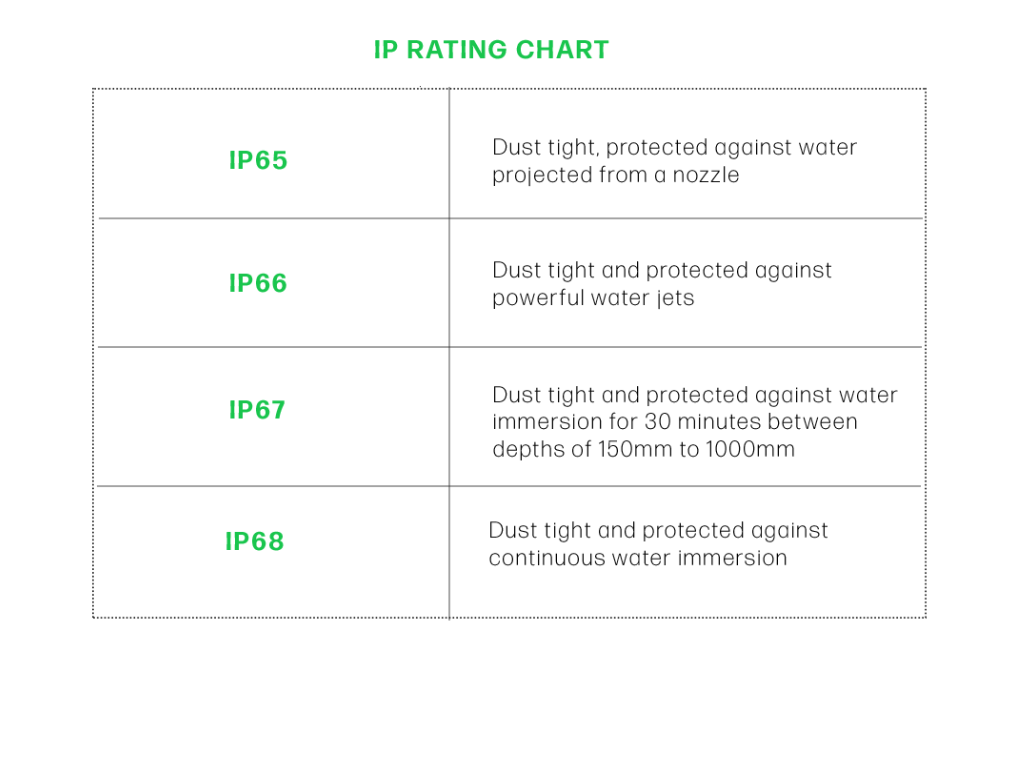
IP Rating: Let us give you a break down of the IP ratings. Click to save or screenshot the table, for future reference. Many of our PCB and Panel mount switches are IP rated. For more information about IP ratings, click to read our blog about IP ratings.
All our switches are IP rated (from the front) which means that our Slide switches are sealed and/or waterproof, making them hardwearing and durable in a range of conditions.
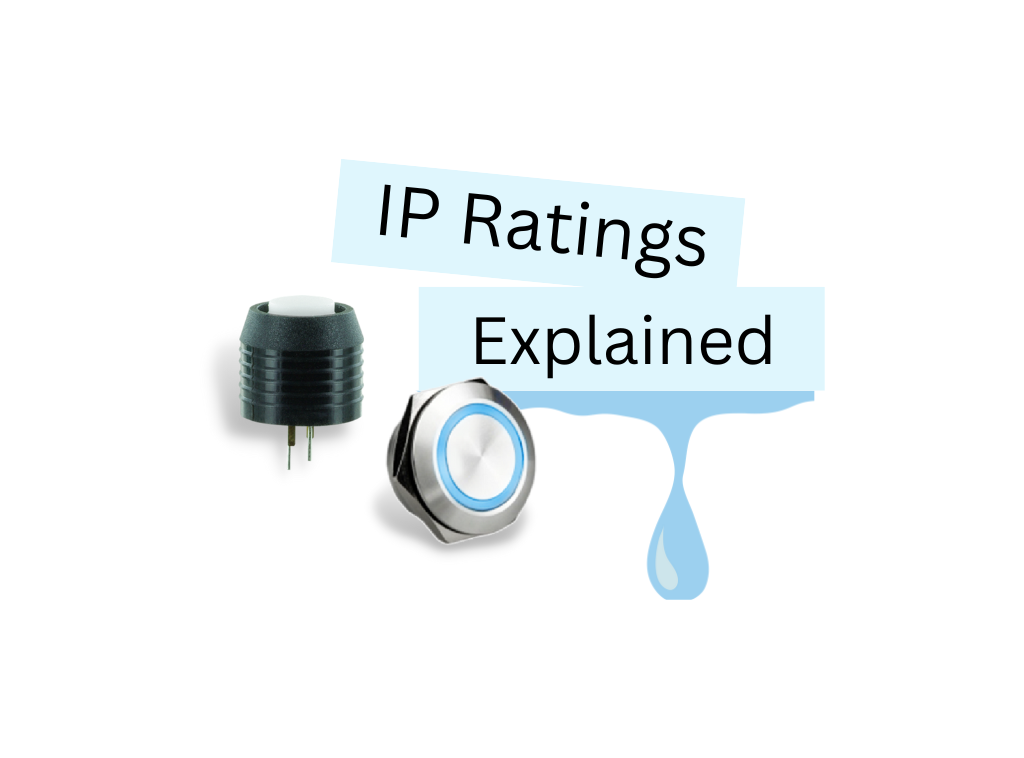 | IP Ratings Explained Getting in a muddle around IP ratings? Need help identifying whether the component for your project needs to be IP rated? We’ve got you! |
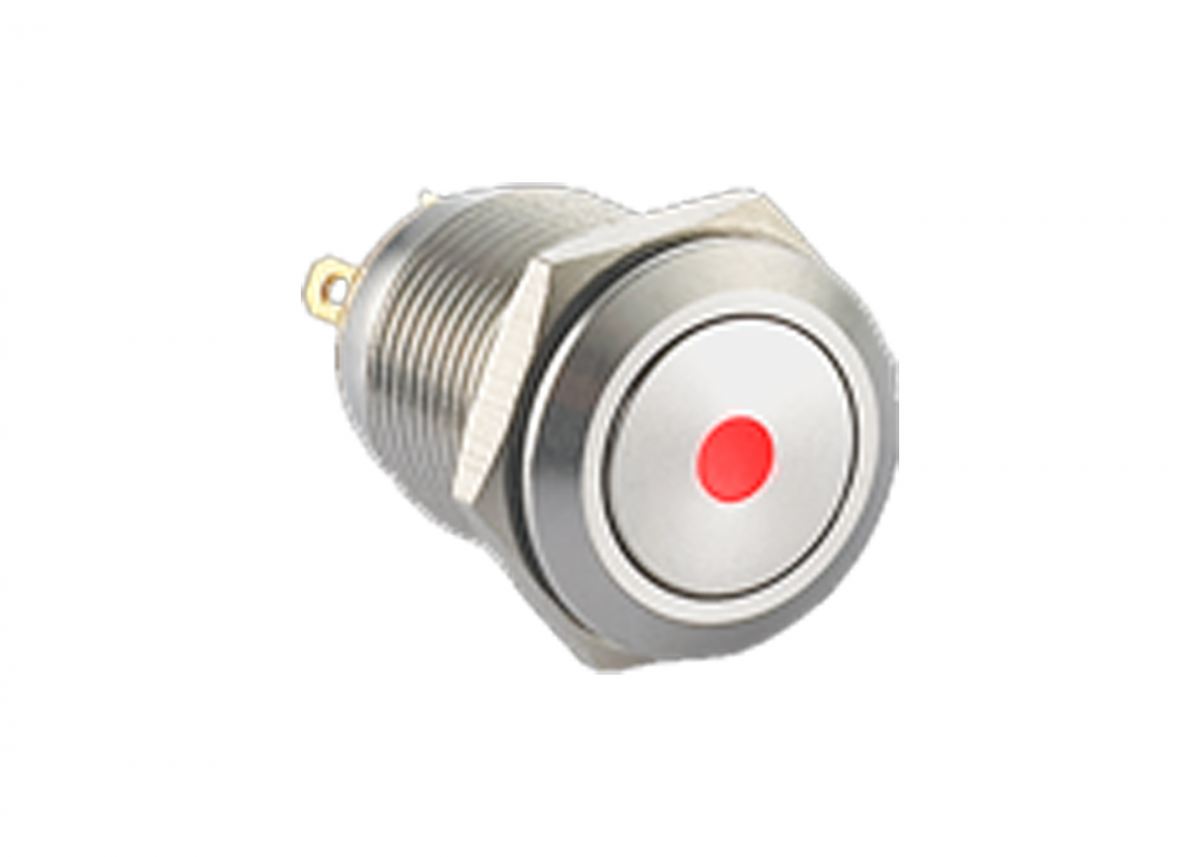
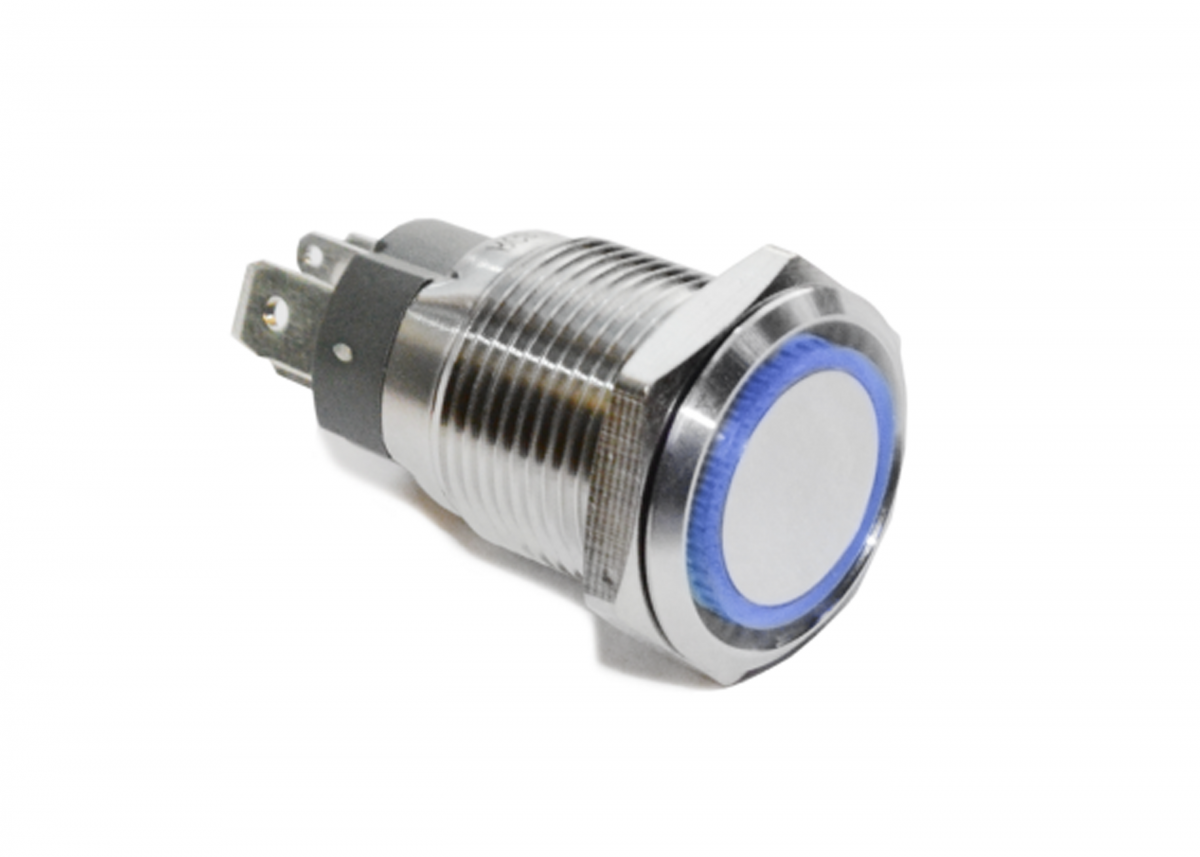
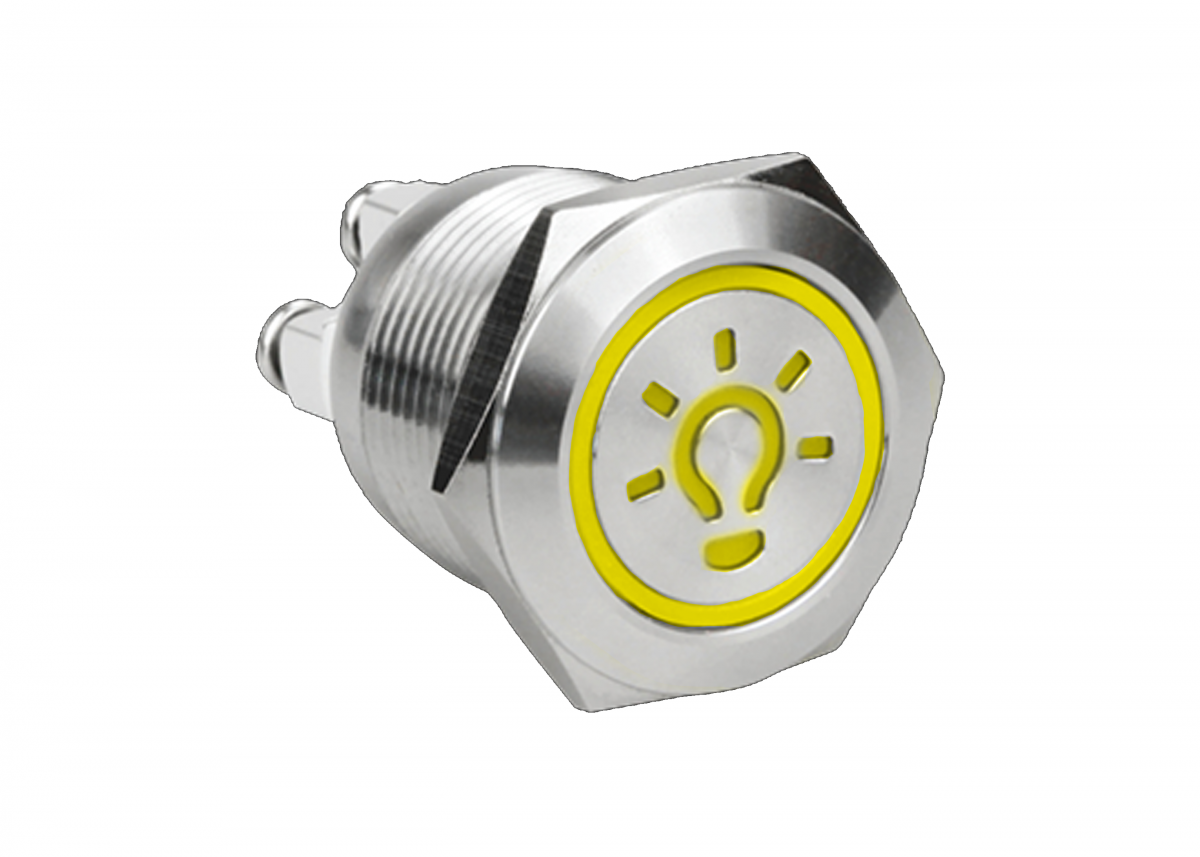
LED Illumination
Let’s go further, LED illumination does your anti-vandal switch require single/bi-colour or RGB LED illumination?
See the available colour LED illumination options listed on the full product specifications and single product pages.
If you require more information about the available LED illumination option, speak to us directly!
Moving from the LED illumination options, here are some additional technical features may need to consider when selecting the correct anti-vandal switch.
What kind of terminals does your application design require? Many of our anti-vandal switches have solder lug terminals meaning ….
Another technical feature to consider is the voltage. All our anti-vandal, metal push button switches are available with 5V/12V and 24V.
RJS Electronics Ltd, Slide switches are commonly used in many applications for larger industrial controls or smaller hand-held or battery-operated devices. The application can include consumer electronics, instrumentation, computer servers, test and measurement. They come in single or double pole options and have multiple actuator height options and offer a range of IP rating to protect from dust and water.* Here are some of the application Slide switches that are used for and suitable for, but not limited to.
Applications

Audio

Automotive
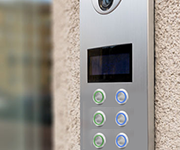
Door Entry & Security
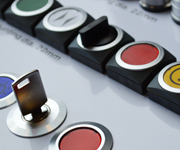
Industrial Controls

Marine & Boat Building
How to place an order?
Interested in our products? Speak to us today!
We operate Monday – Thursday 8 am – 5 pm and Fridays 8 am – 4.30 pm, call us at +44 (0)1234 213600
to speak to our Sales Engineers or e-mail us at [email protected] alternatively, leave us a message using our online contact form.
Download our latest brochure and Product Catalogue. Join our mailing list to get the latest news, read our blog posts and see our latest products.
